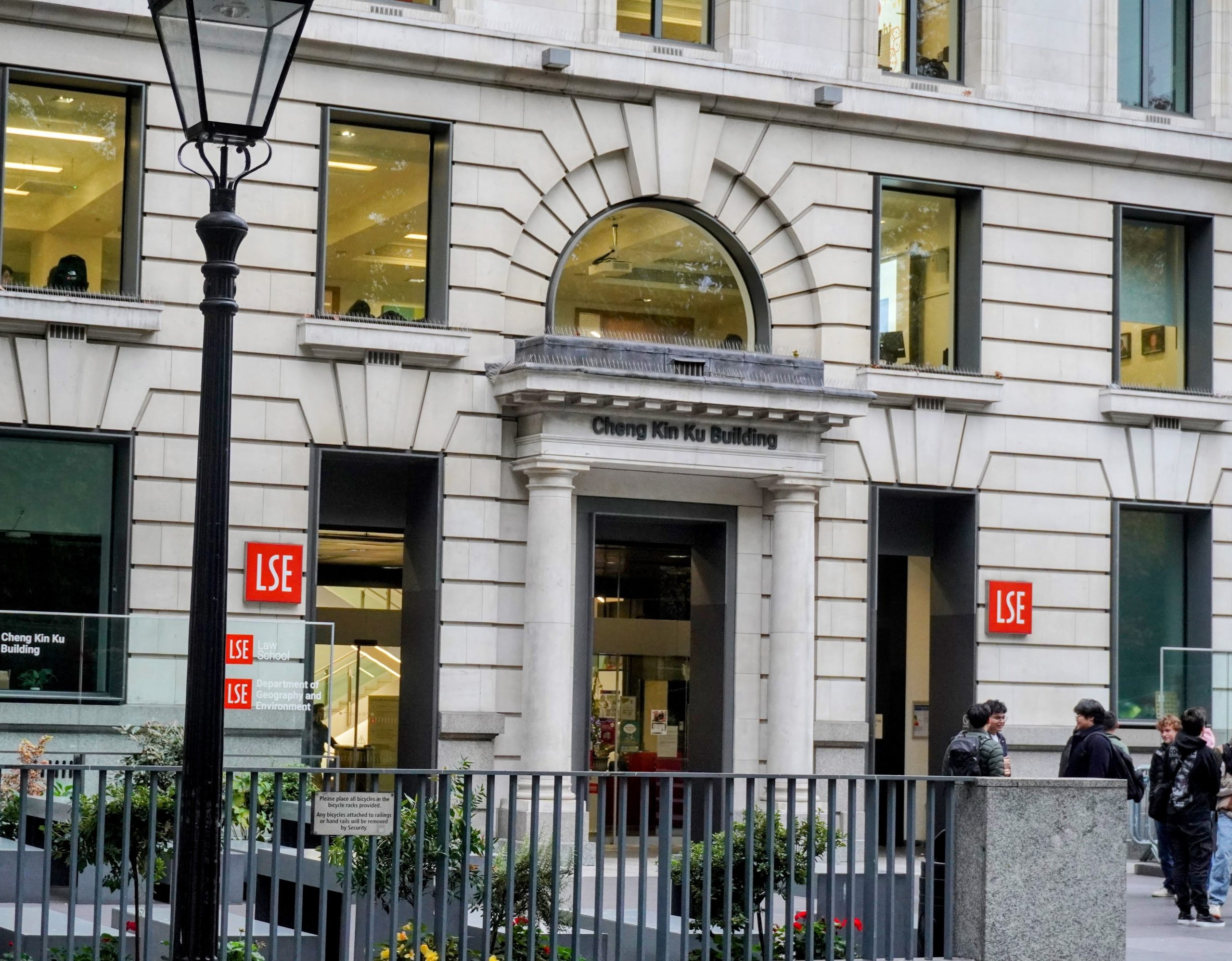By: Jennifer Lau
September 2022, the height of Paris Fashion Week. Bella Hadid walks onto the Coperni walkway, wearing nothing but nude underwear while a team of specialists led by Dr. Manel Torres sprays on a mist that transforms into fabric, sculpting a perfect white slip dress onto her body in real-time. At that exact moment, fashion blurred the line between technology, wearability, and spectacle, cementing Coperni’s name in high fashion. It demonstrated how the loudest statements in today’s world aren’t always worn; they’re performed. But you can’t wear a performance. In an era where fashion is as much of a moment as the garment itself, we must ask: does true impact lie in what we wear, or how we remember the presentation of a piece?
We may have been too young to witness it firsthand, but the era of runways defined by elegance, craftsmanship, and wearable aspiration continues to reverberate through media, securing its place in fashion history. A line that stands out beyond its peers is the Christian Dior’s ‘La Ligne Corolle’ better known as the ‘New Look’ line presented in 1947, epitomising elegance at the height of wearable runway looks. The influence of the line was solidified when NYT cited an American Journalist’s remark: “M. Dior is the man who can lower forty million hems by lowering his pencil”. Dior transformed a generation of fashion by replacing wartime boxy shoulders and short skirts with curvy lines, designed for “flower-like women with full feminine busts and hand span weights above enormous spreading skirts”. Beyond its silhouette, the New Look resonated on a symbolic level, marking the revival of French couture after the German occupation of World War II. The success lay in both the line’s wearability in everyday life and its difference from wartime outfits, creating a sweeping impact on women’s wardrobes across Europe. Women of all ages sought to emulate the New Look seen on the streets, allowing for its rapid adoption and enduring influence on the fashion of a generation.
However, timing is everything. The ‘New Look’ would not have as much success as it did without releasing the line in time for the end of the war. There was a desire for change after the war and the release perfectly coincided with sentiments toward empowering female agency. New silhouettes and outfits rarely graced the streets, allowing the ‘New Look’ to have the impact that it did. Today, we don’t see a lot of opportunities to make an impact similar to the ‘New Look’. With an increase in the saturation of high fashion images easily accessible on a small device, we see an increase in desperation from brands to gain virality through shock factors in a race for attention.
Fashion has entered a new era with the rise of social media, where it’s no longer just about the clothes but also the spectacle, with the dramatisation of model performances and the spectacle of the production gaining the power of the spotlight. What piece recently caught your attention? Aside from the Coperni technology moment with Bella Hadid, another moment worth mentioning is the (di)vision fashion show in FW Copenhagen 2023 fashion week. Splattered across social media, the show’s final model rose from her table where guests were seated and dragged the entire tablecloth with her, which revealed to be a part of her skirt. As glasses, plates, and half-eaten oysters smashed on the floor, the attendees erupted in applause and cheers. If you were to ask me about her actual clothes, it was overwhelmingly ordinary. What made the outfit memorable was its performance and subversion of people’s expectations of what a runway could be and the model’s roles in them. And this is not just exclusive to (di)vision. High fashion brands like ‘Mugler’ also took advantage of the ‘shock factor’, utilising giant industrial fans to blow the models looks into disarray as they struggled to walk against the large gusts of winds.
Beyond established brands like Coperni and Mugler, in today’s industry, smaller up-and-coming brands must utilise the power of virality online to draw attention to their lines. Hence, to adjust to the competition, there has been a move away from traditional notions of clothing to ‘conceptual fashion’ – where fashion is used as a statement and not just what flatters your body or is considered stylish in the mainstream. As a result, the impact of high fashion is now valued over wearability. The use of the runway is transformed into a stage for ideas rather than one for clothing. This forces us to reconsider the wearability of high fashion and whether a runway should remain completely separate from our traditional understanding of runways as a showcase of functional fashion.
So, what makes a piece truly memorable? Timeless pieces like Dior’s New Look line, Chanel’s little black dress, or Prada’s minimalist influence will never fail to capture attention. Enduring style can define an era more than a fleeting spectacle to catch attention. However, with the over-saturation of pieces on the market, a larger market of designers are competing for the same consumers. Fashion houses used to compete for the timelessly wearable design of the generation; now, they race to define the next social media fad. In a time where virality determines memorability, we must question whether we value work that is shocking or is worn. Designers must find a balance between wearability and performance to compete with the ever-shortening attention span of consumers. The most successful pieces are the ones that successfully blend creative spectacle with function and innovation. Because at the end of the day, is a fashion moment truly impactful if its only ever seen, never worn?





